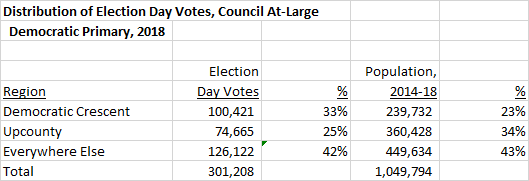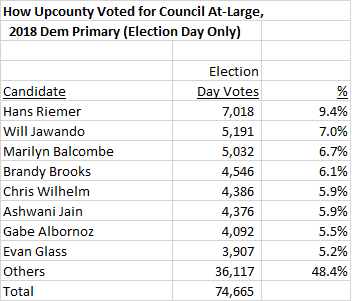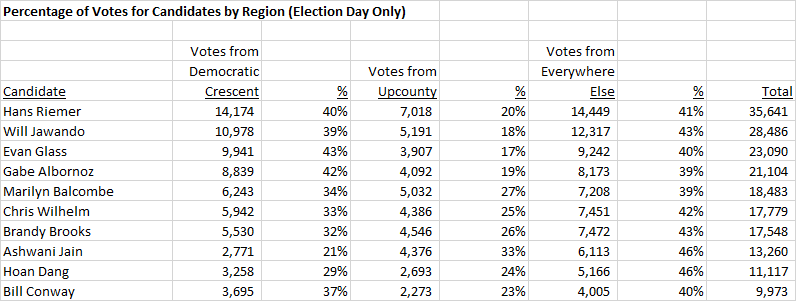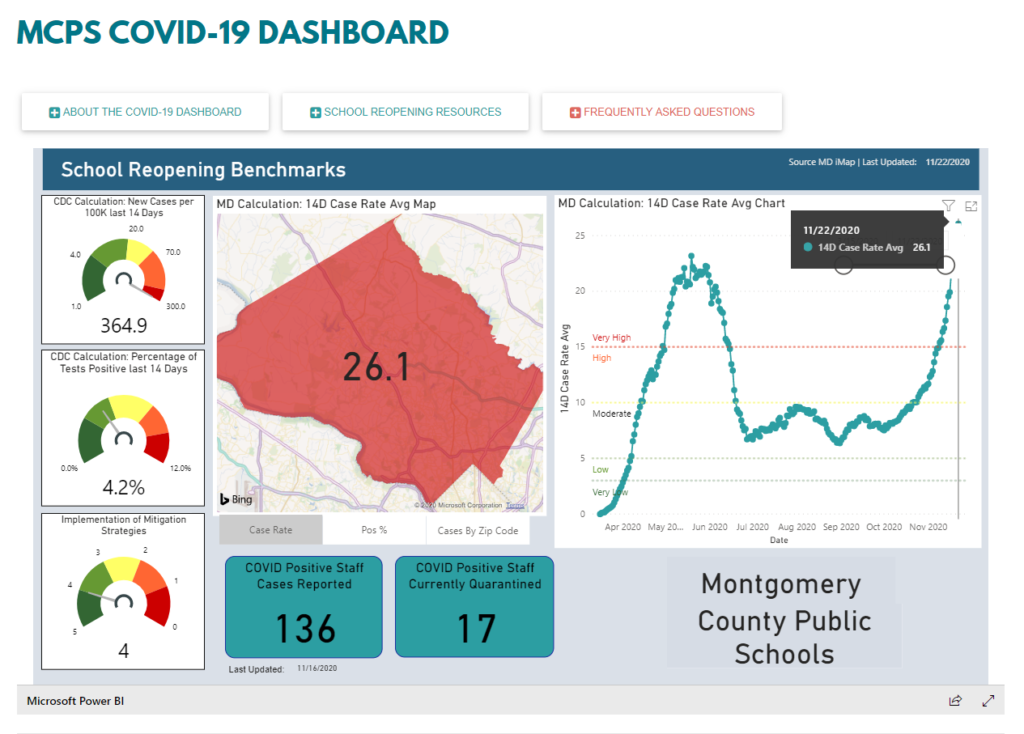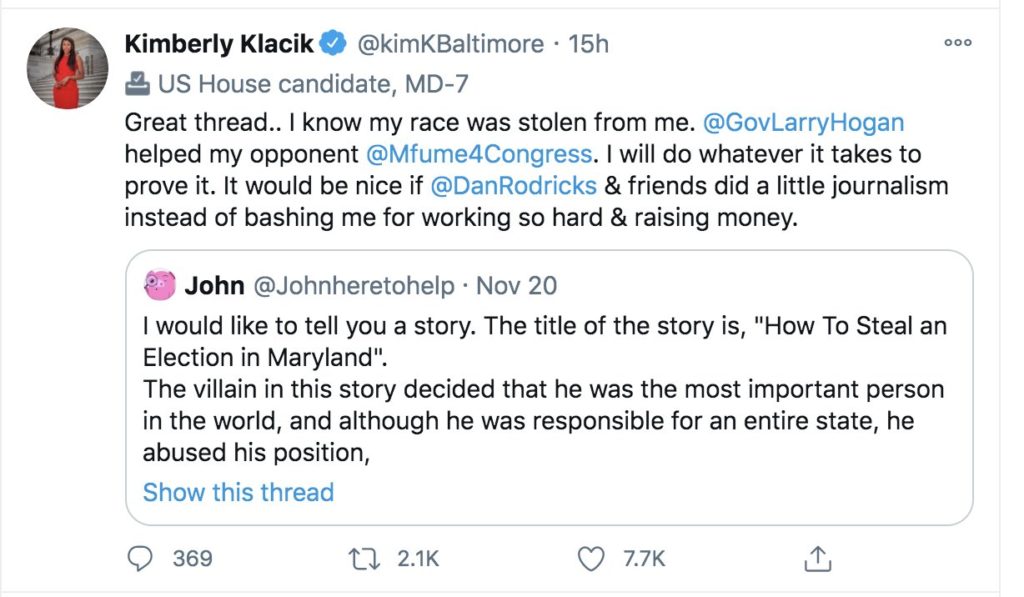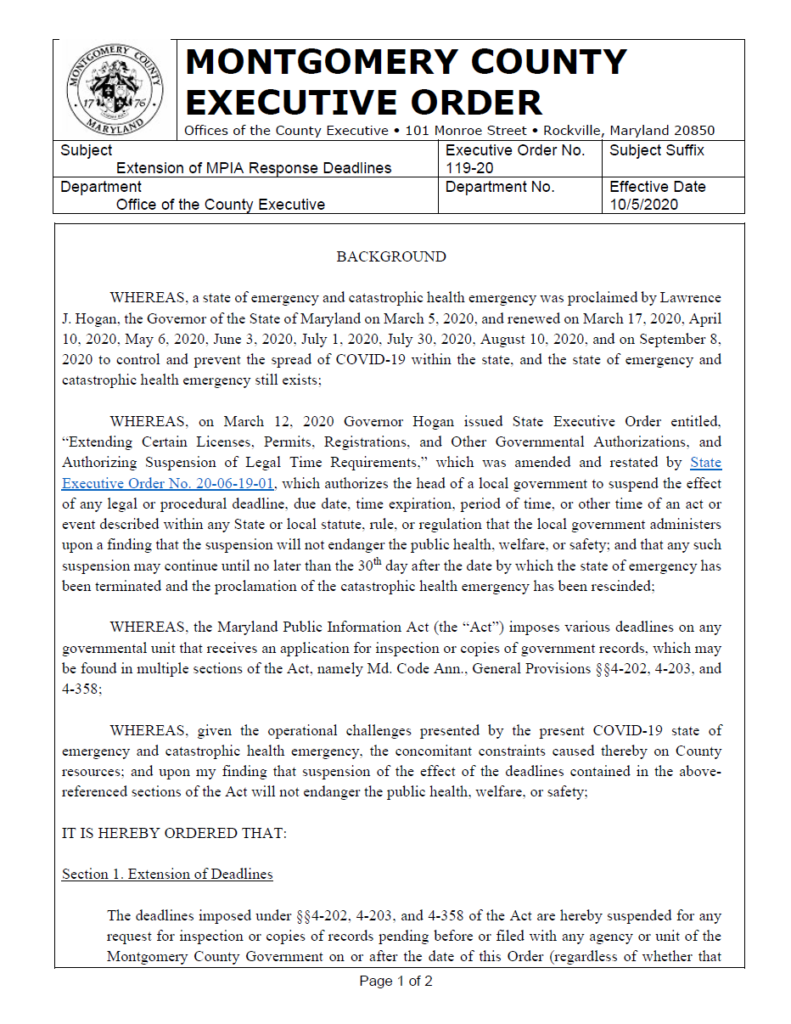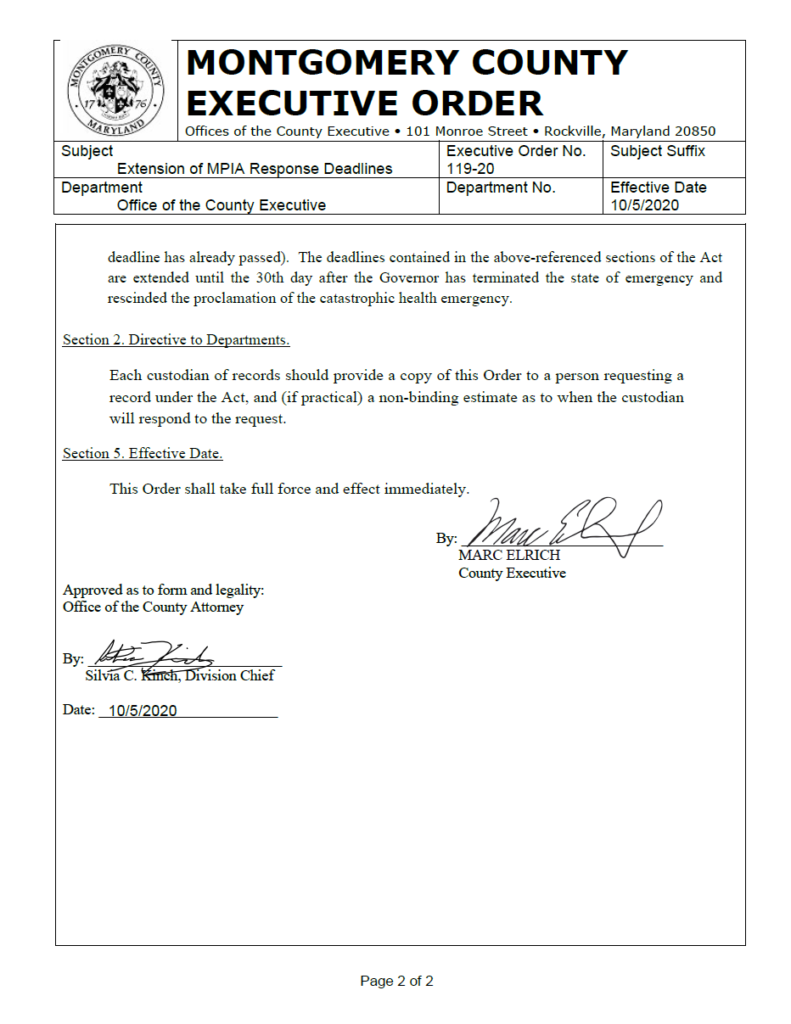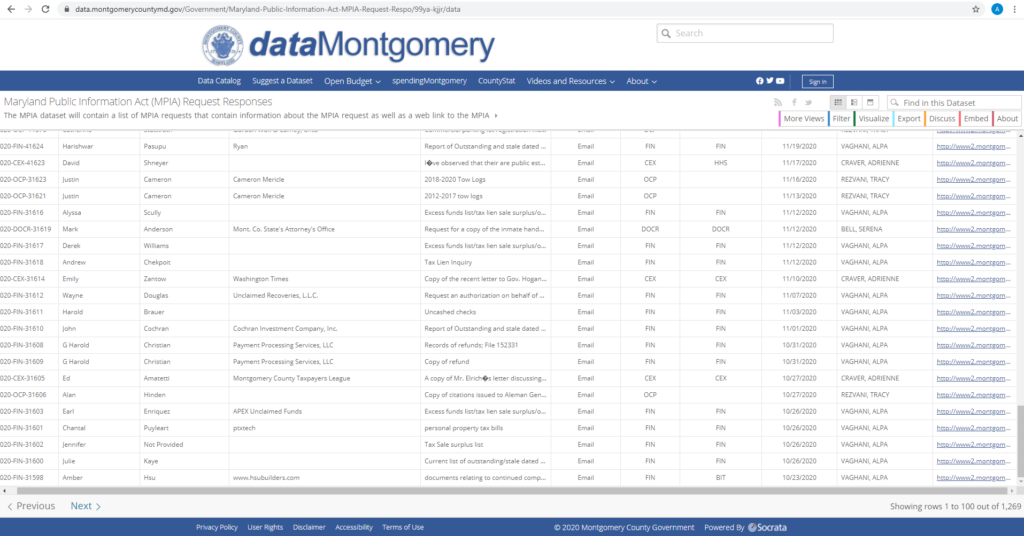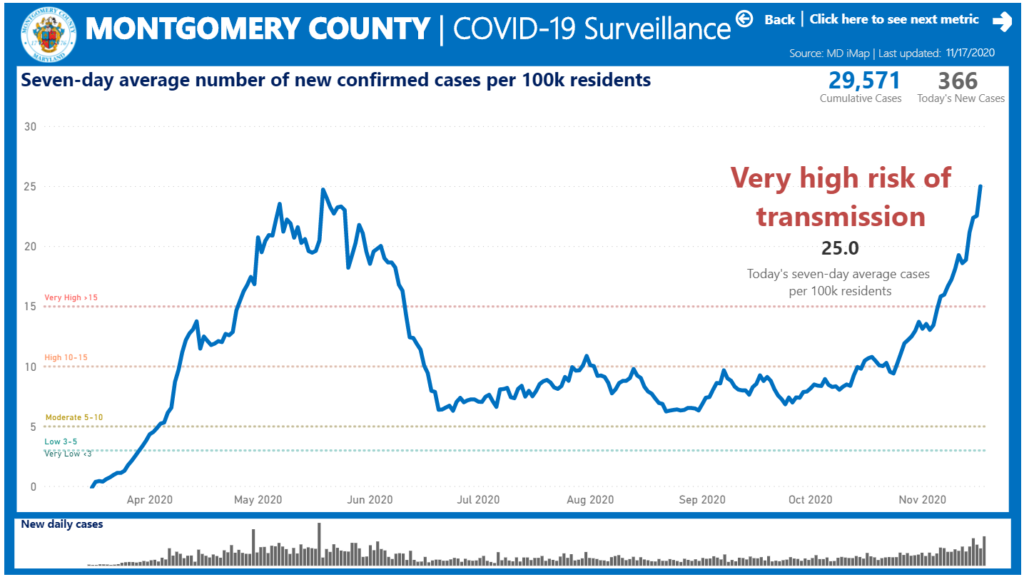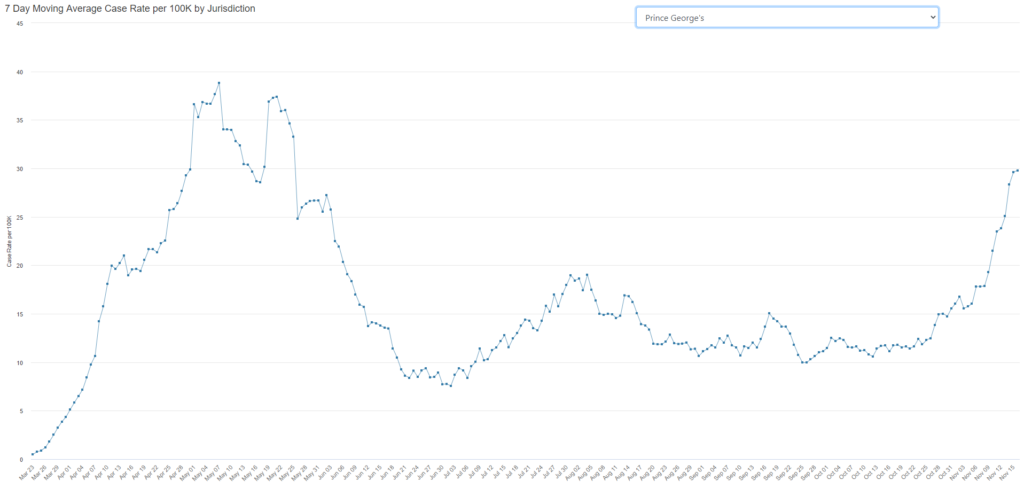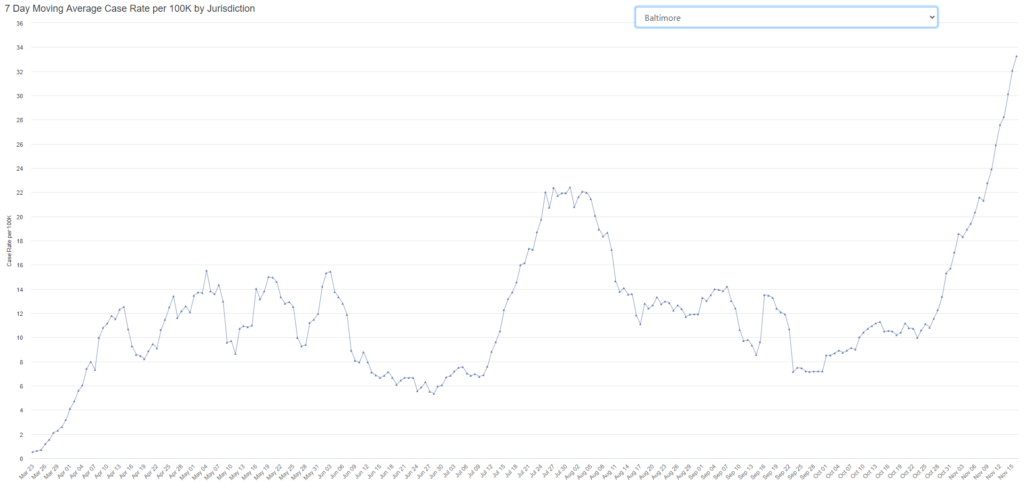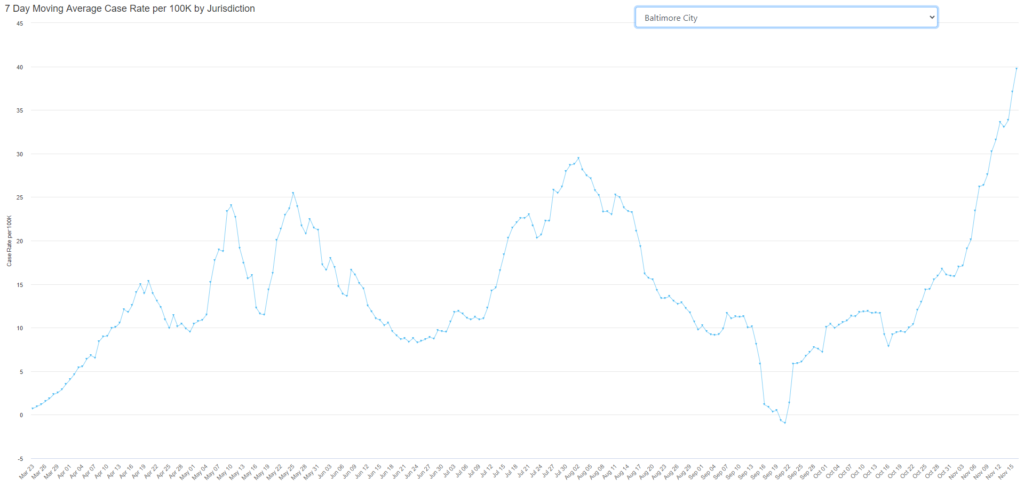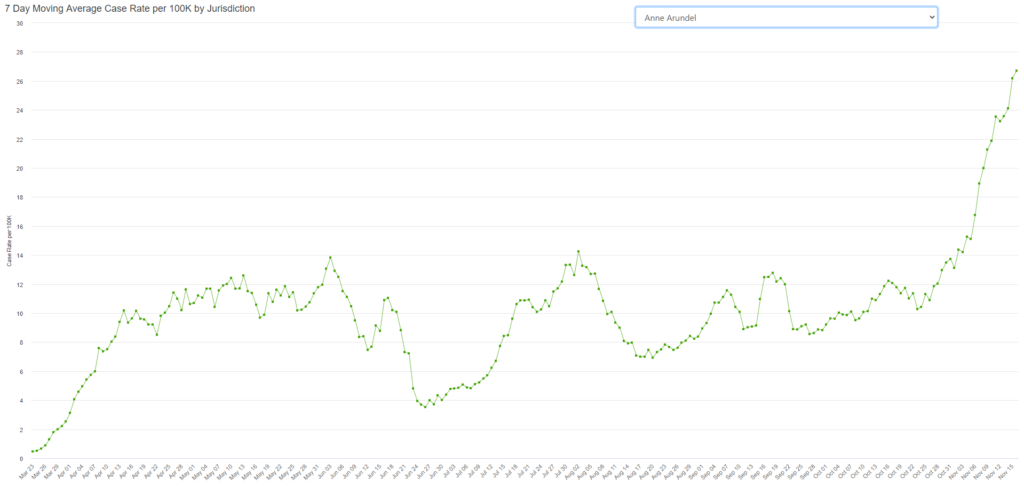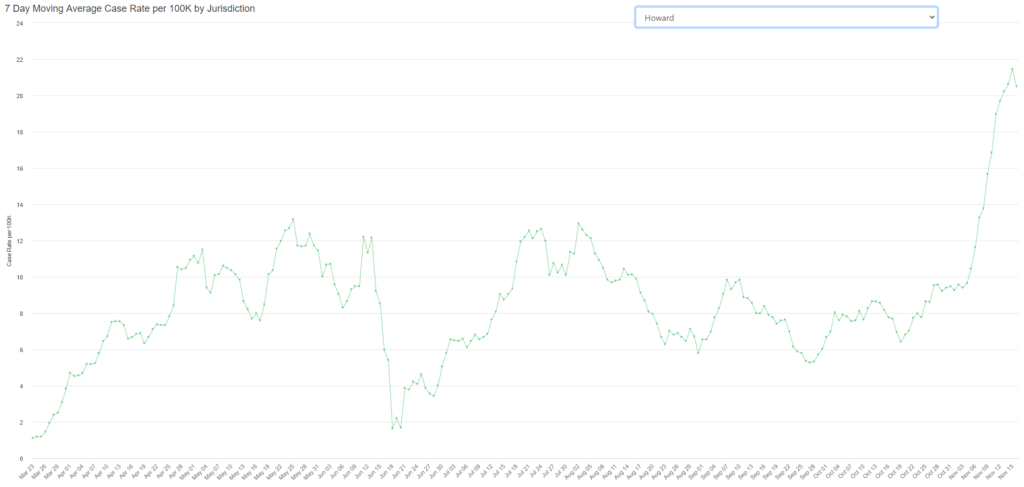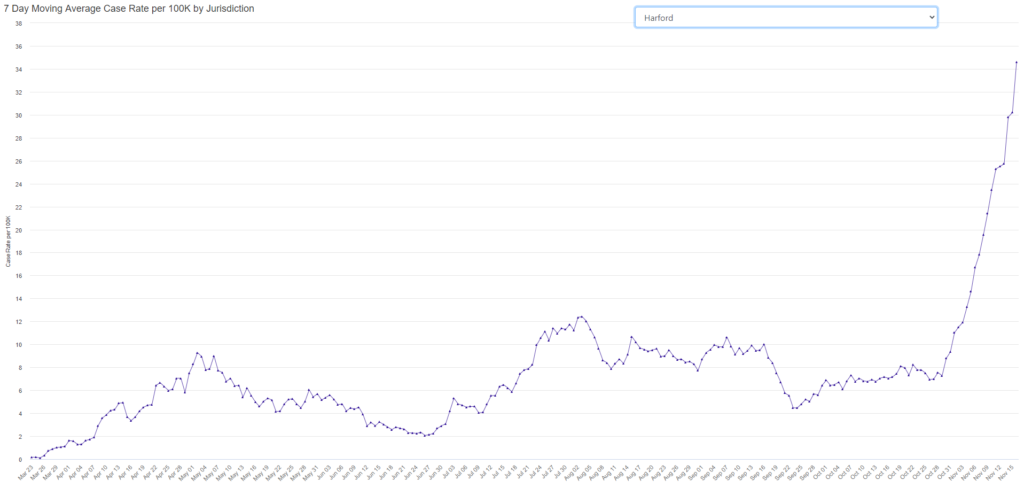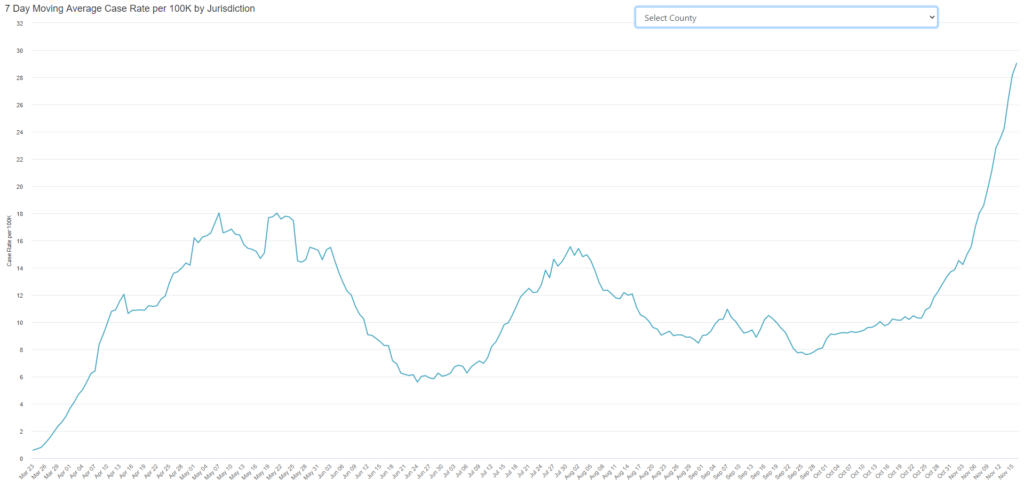By Adam Pagnucco.
In the wake of the nastiest MoCo circuit court judge election in recent memory, one question lingers.
Why on Earth do we elect judges in Maryland?
In considering that question, let’s note that Maryland is totally inconsistent in how judges are selected. Appellate court judges are nominated by the governor, confirmed by the state senate and subject to retention elections. Circuit court judges are appointed by the governor and run for election after a year. Their elections have partisan primaries and non-partisan generals. Orphan’s court judges run in partisan elections. District court judges are nominated by the governor, confirmed by the state senate and do not run in elections. Nominating commissions make recommendations to the governor on appellate, circuit court and district court judges.
Circuit court elections are normally sleepy affairs in which sitting judges, who go through a vetting process and are appointed by the governor, are confirmed by voters. But not this year, when circuit court challengers were able to break through to the general election in both Montgomery and Prince George’s Counties. Suddenly, non-elections turned into real elections. And in MoCo, it wasn’t pretty.
The campaign pitting challenger Marylin Pierre against the four appointed sitting judges had all the nastiness of MoCo’s most negative political campaigns. Charges of racism, lying, dirty tricks and more were hurled back and forth with little regard for the dignity of the bench. Let’s remember that these are supposed to be JUDGES, not politicians. These are the people who decide civil cases, who decide child custody, who rule on domestic violence and who sentence us to fines, jail or both. In many ways, judges are more important to our daily life than elected officials. They should be expected to adhere to a higher standard than the mud splattering practices of politics. But how much incentive do they have to do so when their jobs depend on elections?
Both sides had legitimate issues with the electoral process we just witnessed. The sitting judges emphasize the rigor of their vetting process and want voters to respect it. Here is how the sitting judges slate described it:
The process started with a lengthy and comprehensive application covering all aspects of their education, breadth and depth of law practice, and personal background. Each judge’s application was submitted to no fewer than twelve diverse bar associations, each of which conducted its own investigation and interviews. In addition, the Bar Association of Montgomery County conducted a referendum wherein each applicant’s qualifications were subjected to a vote by every member of the bar association. The results of both the referendum and the specialty bar association interviews were provided to the Judicial Nominating Commission. The Commission then conducted its own independent investigation of all applicants and thoroughly vetted and interviewed each. A list of the most highly qualified candidates was sent by the Commission to the Governor, who interviewed and appointed the best of the best.
Folks, readers of this blog do their homework in figuring out which candidates to support. But individual voters don’t have the tools to replicate this painstaking process. Instead, we are left to assess judicial candidates as we do politicians when in fact their work is fundamentally different.
That leads us to another problem: state law does not give judicial candidates the same latitude for making public statements that other candidates enjoy. MD Judges, Rule 18-104.4 states that judicial candidates “with respect to a case, controversy, or issue that is likely to come before the court, shall not make a commitment, pledge, or promise that is inconsistent with the impartial performance of the adjudicative duties of the office” and “shall not make any statement that would reasonably be expected to affect the outcome or impair the fairness of a matter pending or impending in any court.” Assuming candidates respect these rules, how are voters supposed to divine their positions?
That’s not all. Pierre’s supporters will be quick to point out how tilted the playing field was against her, especially in fundraising. In 2019 and 2020, Pierre raised a grand total of $18,849. In those same two years, the sitting judges’ slate account raised $445,113. In fact, the slate account dates back to 2001 and is periodically updated to include whichever sitting judges are on the ballot. Its contributions read like a who’s-who list of the MoCo legal industry – the very people who will be litigating cases in front of the judges to whom they are donating. Some may be inclined to defend this system as a meritocracy, but once the political contributions start flowing, it bears more than a passing resemblance to an oligarchy.
Oligarchies have drawbacks, but what happens when they lose? A cautionary tale comes from Anne Arundel County in 2004, when Republican lawyer Paul Goetzke was one of two challengers to knock out sitting judges, producing an all-white bench for the first time in a decade. Goetzke blasted the incumbents because they were appointed by Democratic Governor Parris Glendening, ran on a tough-on-crime platform and said he wanted “criminals rehabilitated in jail, not in their neighborhoods.” Within a year, lawyers around the state supported censuring Goetze for “unconscionable” and “intimidating” actions against defense lawyers. In 2017, a state investigator “found Goetzke violated judicial standards on impartiality and fairness, bias, prejudice and harassment and decorum, demeanor and communications with jurors, among others.” Goetzke retired for medical reasons six months later.
Goetzke is no anomaly. Judicial elections often attract strange characters. Retired Circuit Court Judge Steven I. Platt, who was a judge in Maryland for almost 30 years, had many stories to share in his 2014 essay calling for an end to judicial elections. Judge Platt wrote:
During the years from 1970 to 2014 while I have participated in and observed contested judicial campaigns, I have never seen any of the qualities which are desirable in a judge discussed as an issue in any contested campaign by a challenger. Instead I have witnessed the following issues being raised in campaigns for “Orphans Court” (Probate Court)—(1) “Whether a Licensed Practical Nurse (LPN) could do more for orphans than those lawyers.” (2) “Whether orphans who commit crimes should go to jail.” (3) “The skyrocketing rates of intestacy” (4) “The Orphans Court Judges positions on abortion and (5) Whether as a candidate for reelection to the Orphans Court I would take an orphan away from a “parent” who spanked the orphan and/or do I spank my own children?
As a candidate for a 15 year term on the Circuit Court I was asked many questions. My favorite came from a lady who identified herself as a “concerned citizen”. She wanted to know “whether the Sitting Judges favored ‘condoms in the schools’ and/or ‘prayer’ in the schools.” The answer I wanted to give was “We favor one or the other but not both”. I did however resist that temptation.
My point is very simple. It is that even though the history and examples cited are anecdotal, they illustrate that at best judicial contested elections distract and at worst they destroy the effort to secure a diverse and qualified judiciary.
The above evidence indicates that circuit court judge elections are vulnerable to low or no voter information, domination by oligarchy, negative politics, muzzling of candidates and unpredictable consequences depending on who wins. (Let’s bear in mind that circuit court judges serve 15-year terms, far longer than most politicians). Compared to elections befouled by these sorts of flaws, the vetting process is a better option. Let judicial nominees be vetted by their peers, nominated by the governor and confirmed by state senators, who can reject any who are truly out of bounds. If necessary, judicial terms may be shortened and retention elections can be used to weed out judges who go rogue after appointment. Whatever is done, the current election system is broken and must be terminated for this reason:
If we treat judges like politicians, don’t be surprised if they act like them.

